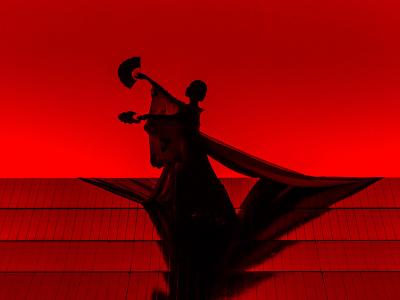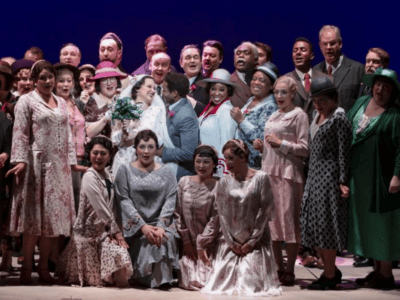Opera in London
Despite being known as ‘the land without music’, the UK has long enjoyed a vibrant operatic scene, with the capital city of London being especially fortunate. This timeline highlights the most significant events.
1656
London’s first opera
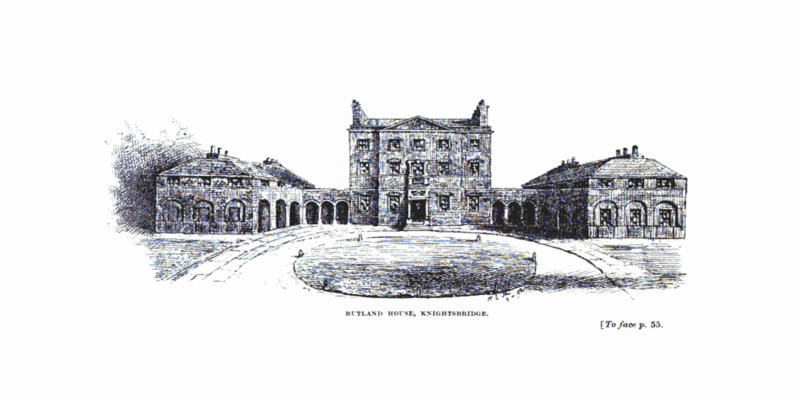
This early line drawing of Rutland House shows how the building used to look. The location of the house, demolished in the 1850s, is marked by today’s Rutland Gate.
Performance of William Davenant’s The Siege of Rhodes, which is considered the first real opera in London, presented at Rutland-House, Aldersgate Street, in the City of London.
1671
The opening of the Dorset Garden Theatre
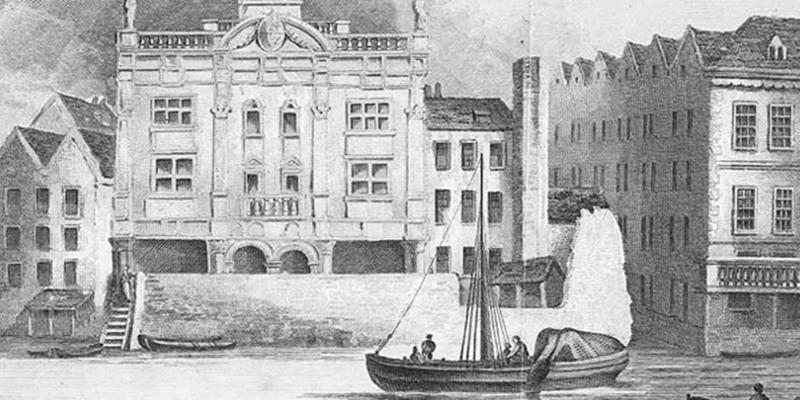
The Duke’s Theatre, designed by Sir Christopher Wren, as seen from the river.
The Duke’s Company opened their lavish new Dorset Garden Theatre, off Fleet Street, close to the River Thames. In addition to plays, the company occasionally present semi-operas – the investment in rehearsals and production costs were punitive – culminating in the Dryden–Purcell King Arthur (1691) and Purcell’s The Fairy-Queen (1692).
1711
London welcomes Italian Opera
ENO: ‘The House of Handel’
Video
The London public’s taste for fully sung Italian opera developed during the first decade the 18th century under various impresarios. It culminated with the arrival of Handel in the 1710/11 Season and the major event of the season: the first performance of his Rinaldo.
Find out more about Handel in our beginner’s guide.
1719–38
Establishment of Opera Seria in London
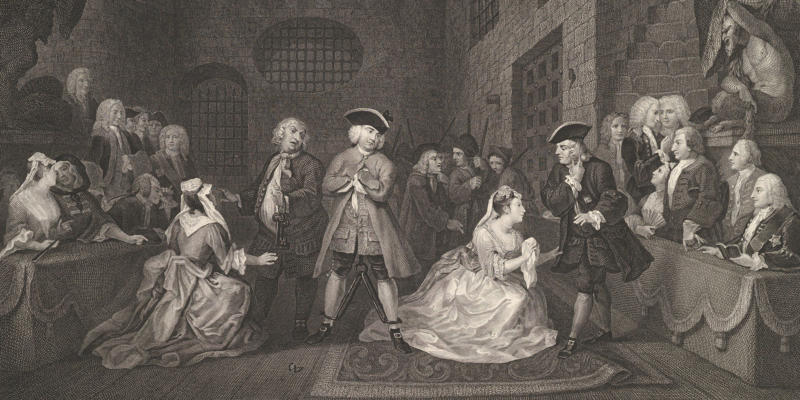
A 1790 engraving of The Beggar’s Opera, based on Act 3 by William Blake
The establishment of the two Royal Academies, musical companies presenting opera seria sung in Italian under Handel’s musical directorship, satisfy London’s appetite for Italian opera.
Handel composes numerous operas and attracts to London many of the star singers of the day. John Gay’s The Beggar’s Opera (1728) is also hugely popular.
1739–91
Opera in English gains popularity in London
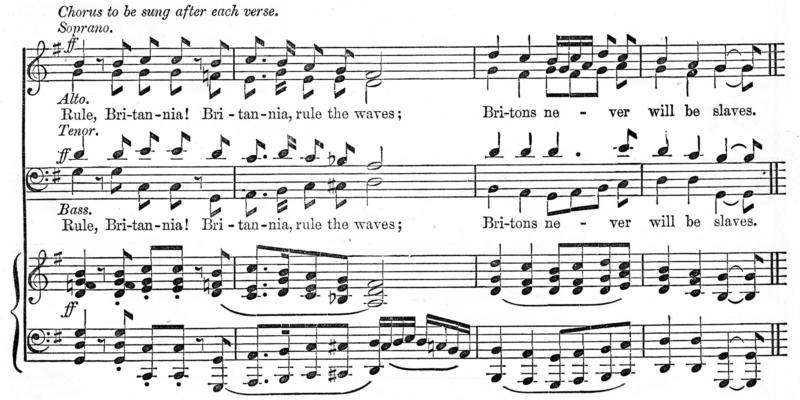
English composer Thomas Arne is best known for writing the patriotic song ‘Rule Britania’. This is a copy of the score from the song.
Handel abandoned Italian opera in 1741, turning instead to oratorio. For the next 40 years, the pasticcio reigned supreme at the King’s Theatre where Handel had enjoyed enormous success, using music by figures such as Pergolesi and Gluck.
Elsewhere in the capital, musical entertainments in English also proved very popular, following on from the success of Carey–Lampe’s The Dragon of Wantley (1737).
Successful new works (largely now forgotten) included Thomas Arne’s Artaxerxes (1762); Love in a Village (1762), a pasticcio with music arranged by Arne; and Storace’s The Haunted Tower (1789) and The Siege of Belgrade (1791).
1830s–early 1900s
European composers like Verdi and Wagner flourish in the London Opera Scene
London’s wealth, population and theatrical and musical resources continued to attract the most eminent performers even when native composers were making virtually no contribution to the international operatic repertory.
Much of what was new in Europe by composers such as Bellini, Donizetti, Berlioz, Verdi and Wagner was brought to London, a situation that continued at least until the era of Puccini and Richard Strauss.
For figures such as the bel canto composers and Verdi, the greatest prestige lay with the Royal Italian Opera (and its successor, the Royal Opera); German opera in London during the 19th century was largely staged by visiting companies.
Also flourishing during the 19th century was a taste for English light opera such as Balfe’s The Bohemian Girl (1836) and Wallace’s Maritana (1845).
1873
The Carl Rosa Opera Company comes to London
The Carl Rosa Opera Company gives its first London season. Not only does the company promote the work of British composers such as Stanford but also sings its entire repertory (Mozart to Massenet) in English, touring nationwide and presenting regular London seasons.
1875
Gilbert & Sullivan bring comic opera to London
Gilbert & Sullivan’s one-act Trial by Jury launches their sequence of comic operas, which includes HMS Pinafore (1878), The Pirates of Penzance (1879) and The Mikado (1885), many of which are presented at the Savoy Theatre under impresario Richard D’Oyly Carte.
The D’Oyly Carte Opera Company remained active in London and touring the UK until 1982.
1880s
Sadler’s Wells Theatre performs operas in English
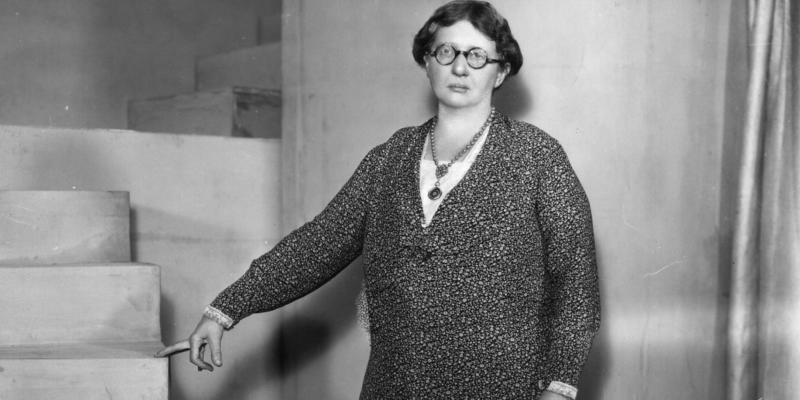
Lilian Baylis ran the Old Vic and Sadler’s Wells theatre.
Operas sung in English begin to be given at the Old Vic under the management of Lilian Baylis. The enterprise is transformed when the company moves to the rebuilt Sadler’s Wells Theatre in 1931.
1892
Wagner’s Ring Cycle first performed in London
Mahler brings the Hamburg Opera to Covent Garden (home of the Royal [Italian] Opera) for Wagner’s Ring cycle.
Covent Garden remained London’s pre-eminent international house, with major star singers appearing such as Caruso, Lilli Lehmann and Melba.
1910
UK premieres of Strauss’s opera
Conductor Thomas Beecham presented the first of his important opera seasons at Covent Garden, including UK premieres of works such as Richard Strauss’s Salome and Elektra and Delius’s A Village Romeo and Juliet.
1920s–30s
Thomas Beecham conducts operas at Covent Garden
ENO production of Strauss’s Der Rosenkavalier
Video
While Beecham’s various enterprises at Covent Garden included the British National Opera Company, international artists visiting the theatre included Bruno Walter, Melba and Gigli in the Italian repertoire and Lotte Lehmann, Flagstad and Melchior in the German. Richard
Strauss conducted his Ariadne auf Naxos at Covent Garden in 1936.
1931
Vic-Wells Opera moves to Sadler’s Wells Theatre

The interior of Sadler’s Wells Theatre in around 1810.
Vic-Wells Opera moves to Sadler’s Wells Theatre. It remains there (later renamed the Sadler’s Wells Opera) until the 1960s when it relocates to London’s West End.
1945
Britten’s Peter Grimes in Premiered at Sadler’s Wells
The premiere of Britten’s Peter Grimes at Sadler’s Wells launches the composer’s international career and kick-starts the post-war growth in native English opera, with works emerging from Lennox Berkeley, Tippett and Walton.
The fruits of that growth continue through to the end of the century and into the 21st with important new operas written by figures such as Thomas Adès, George Benjamin and Harrison Birtwistle.
1946
The Royal Opera House re-opens
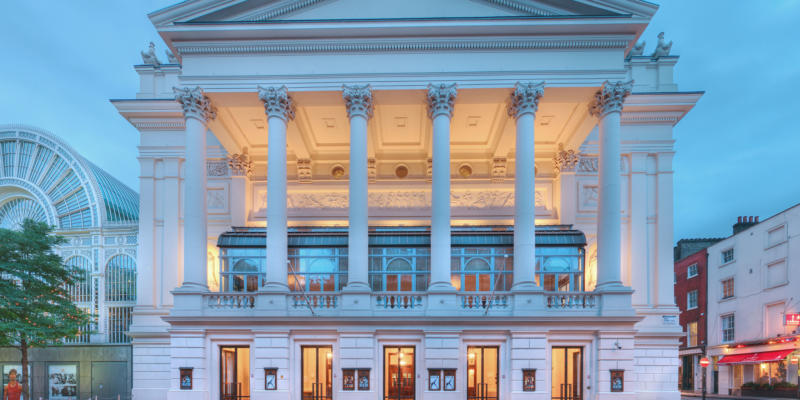
The current Royal Opera House is the third building on site following disastrous fires in 1808 and 1856. This is what the ROH looks like to date.
Following its closure during the Second World War, Covent Garden re-opens with the Covent Garden Opera Company (in 1969 renamed the Royal Opera), under the musical direction of Karl Rankl. It flourishes on a mixture of visiting and company artists, with a permanent chorus and orchestra.
The first British-born music director, Colin Davis, was appointed in 1971.
1968
ENO moves to the London Coliseum
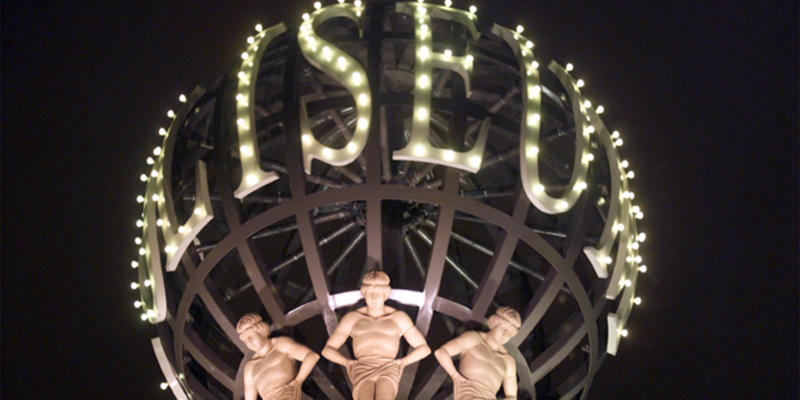
The London Coliseum globe at night
Sadler’s Wells Opera relocates to the London Coliseum, the largest theatre in the capital. In 1974 it is renamed English National Opera, with Charles Mackerras as music director and the Earl of Harewood as general manager.
Buoyed by the success of its new theatre, among the company’s many achievements is a memorable Ring cycle under conductor Reginald Goodall, with singers Rita Hunter, Alberto Remedios and Norman Bailey in the leading roles.
Read more about the history of ENO.
1981
Opera Factory moves to London
David Freeman’s Opera Factory moves to London where it is a successful vehicle for Freeman’s intensely physical production style. Its series of challenging and innovative productions include La Calisto and Così fan tutte, as well as contemporary works such as Tippett’s The Knot Garden.
1997–99
The Royal Opera House undergoes major reconstruction
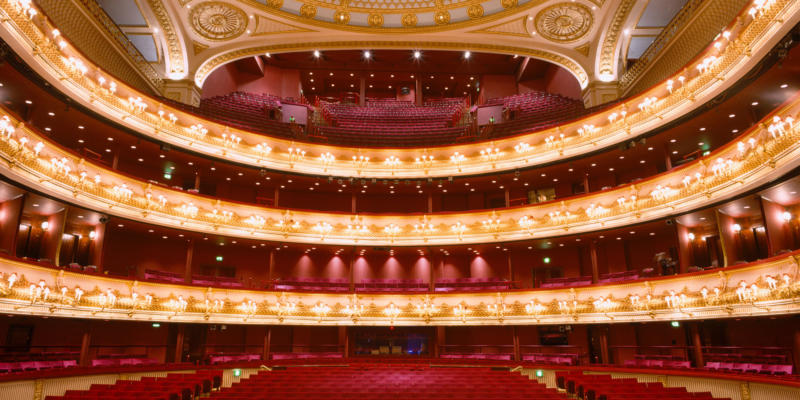
Royal Opera House auditorium in 2012.
Royal Opera House, Covent Garden, undergoes a major reconstruction project. While the auditorium itself is left intact, well over half the complex is new.
2004
Frank Matcham’s century-old theatre undergoes refurbishment
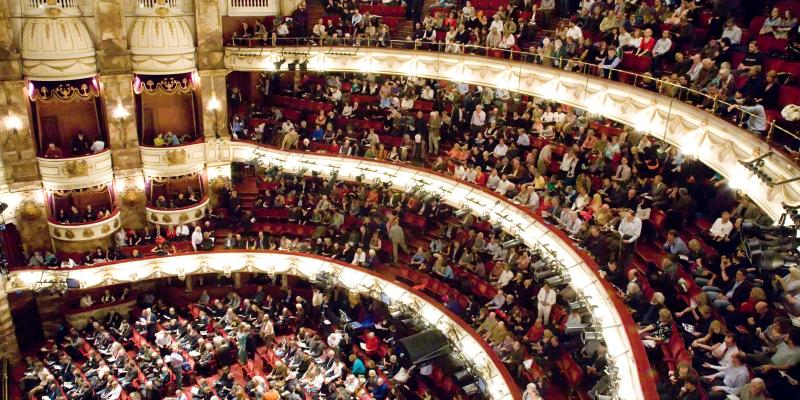
London Coliseum, home of English National Opera
The London Coliseum, home of ENO, re-opens after a major restoration project to Frank Matcham’s century-old theatre.
Here at ENO, we want you to have a truly brilliant experience at the opera. English National Opera exists for everyone, creating new experiences with opera that inspires, nurtures creativity and makes a difference.
View the lineup for our 2023/24 season.
Video
Be an ENO Friend
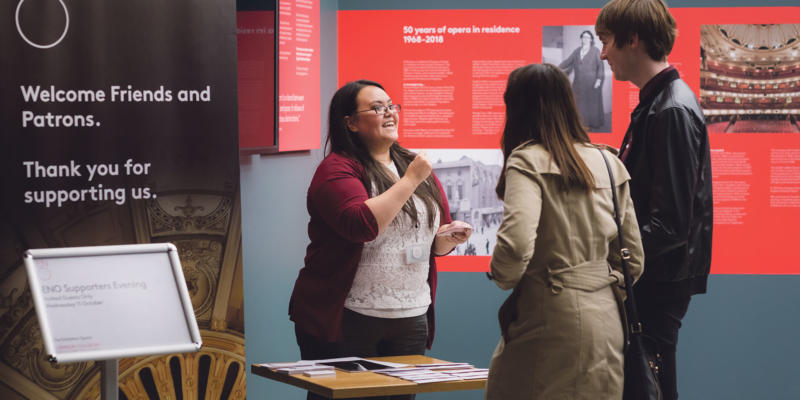
Access exclusive discounts on tickets and enjoy members-only rehearsals, talks, recitals and parties for just £65/year.
Ways to save
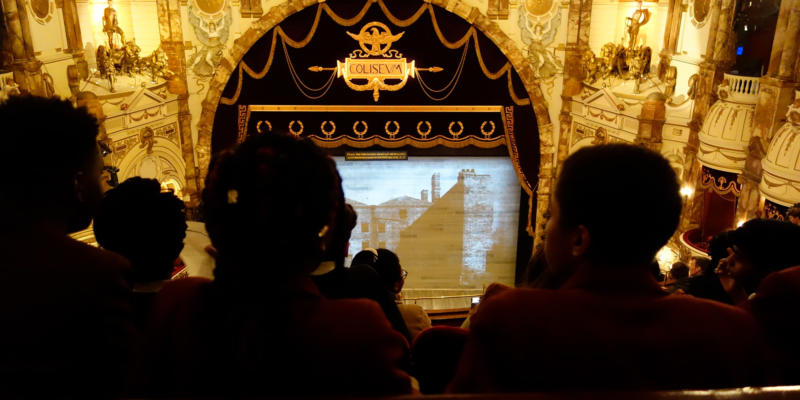
Brilliant experiences at affordable prices. Our Under 35s scheme where 21-34 year olds get discounted tickets and Under 21s come free.
Multi-buy Package
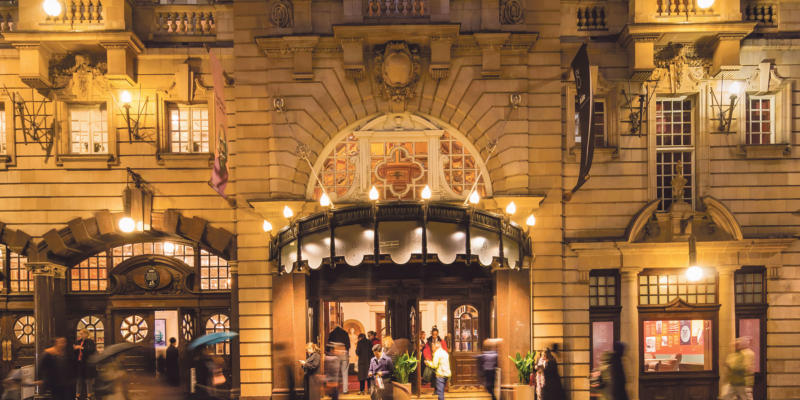
Choose to see more than one ENO opera and save money on seats in the Upper Circle, Dress Circle and Stalls with a Multi-Buy Package.

